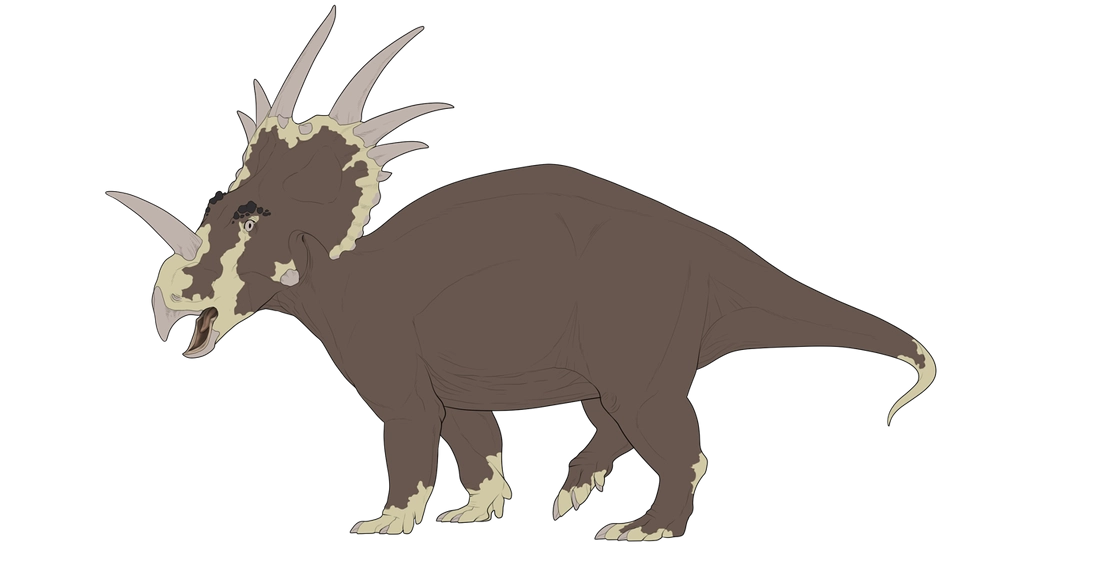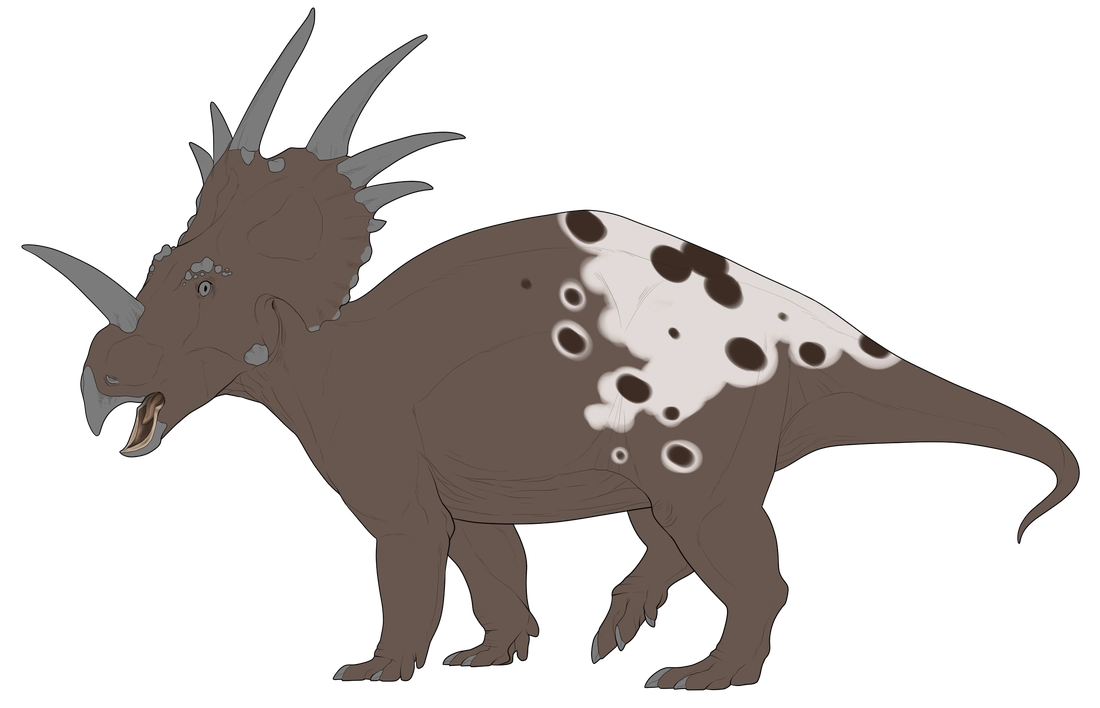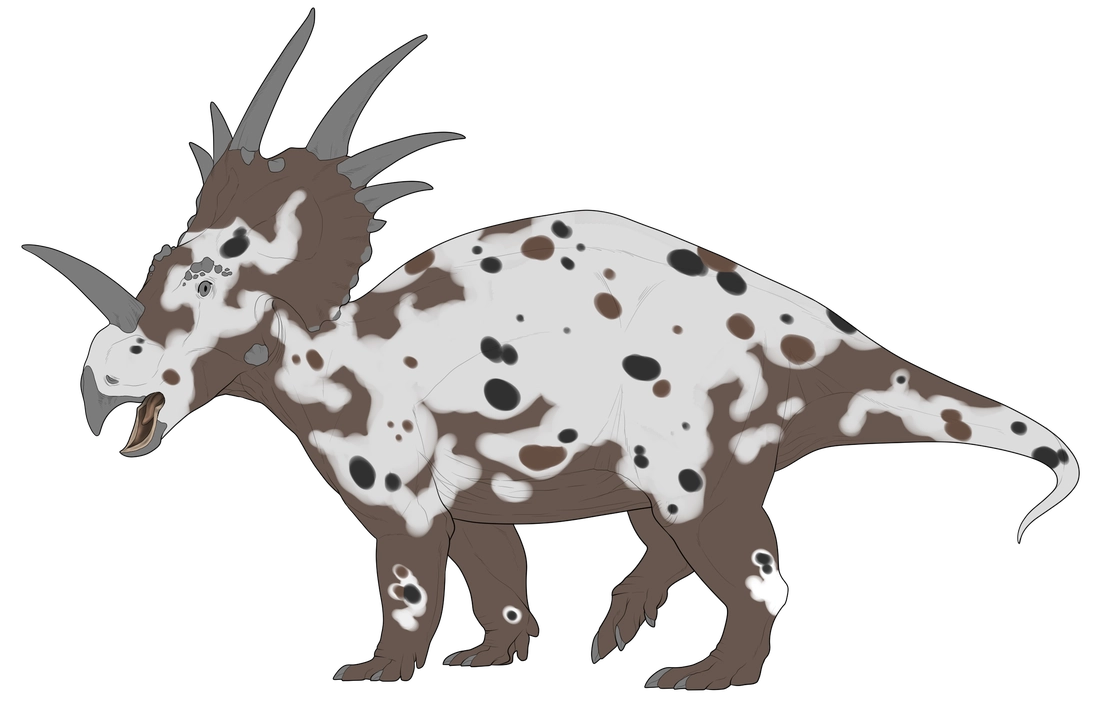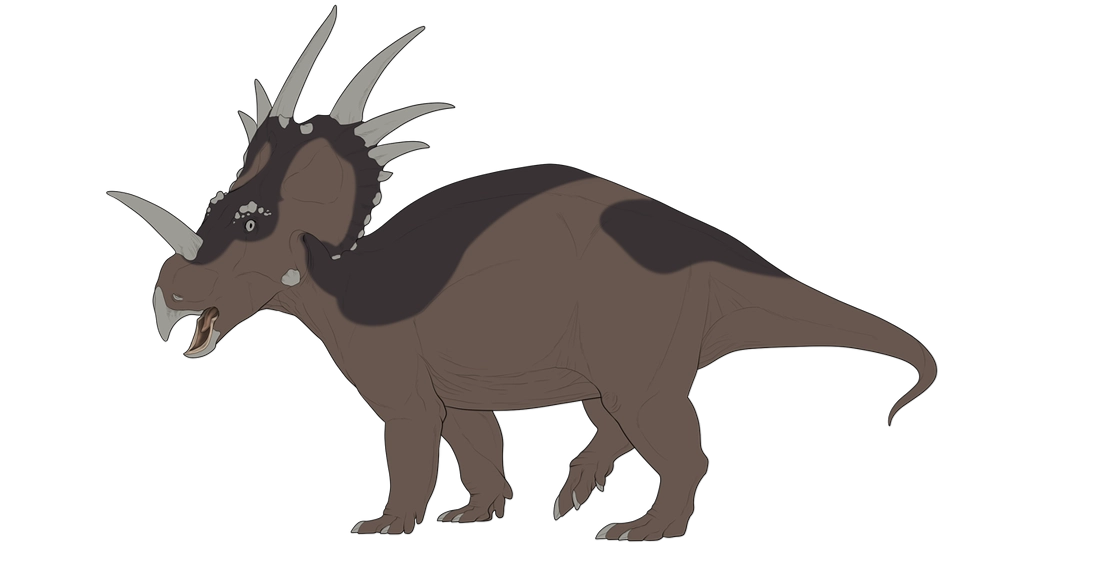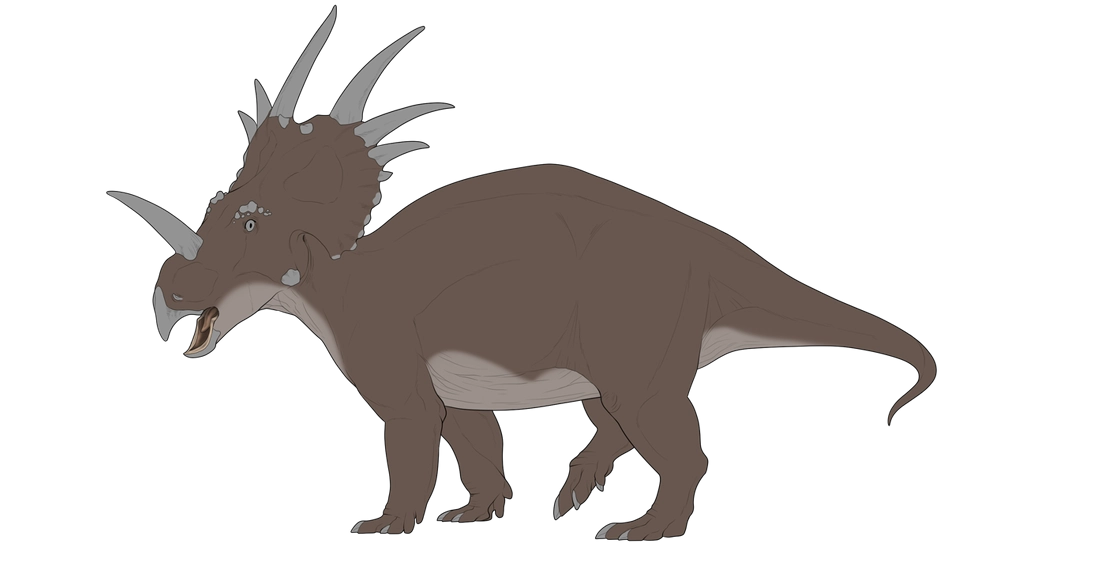Hard

A hard or solid edge is defined by having a very clean transition from the marking to the base with no fading. It doesn't have to be as hard as a pixel or binary brush, but should still look like a sudden change when viewed at a normal level of magnification.
Textured
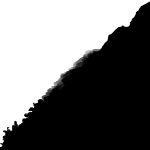
A textured edge has a subtle pattern and/or differences in opacity, usually through the use of a textured brush, restricted to the very edge of the marking! The pattern shouldn't be so extreme to create lots of stray spots or small holes, unless the marking rules allow those. The opacity changes shouldn't mimic a halo edge or any sort of fade.
A textured edge is not the same as the shape of the marking itself appearing textured, markings can have chewed edges or fur-like shapes without being counted as textured.
A textured edge is not the same as the shape of the marking itself appearing textured, markings can have chewed edges or fur-like shapes without being counted as textured.
Feathered

Somewhere between a hard edge and a gradient!
A feathered edge has a soft yet clear transition between the marking and base, it's not an extremely soft blend like a gradient.
Some common ways to achieve a feathered edge are using a softer brush, or adding a blur to a hard edge.
A feathered edge has a soft yet clear transition between the marking and base, it's not an extremely soft blend like a gradient.
Some common ways to achieve a feathered edge are using a softer brush, or adding a blur to a hard edge.
Gradient

A gradient is a very soft, blended fade from the marking to the base. It can be a long gradual gradient, or a shorter one, but should be softer than a feathered edge.
It's commonly achieved with a soft, untextured, airbrush or using a soft eraser over a more solid edge. If using the erasing method, the original edge type you erased from shouldn't be visible - there shouldn't be any obvious lines where your gradient ends.
It's commonly achieved with a soft, untextured, airbrush or using a soft eraser over a more solid edge. If using the erasing method, the original edge type you erased from shouldn't be visible - there shouldn't be any obvious lines where your gradient ends.
Fading
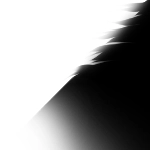
Fading is more like an additional feature! When fading is listed as an option, you choose one of the main edge types - hard, textured or feathered - that are available for the marking and add it to the design as normal. Then you can erase the outside edges of marking to make it softly fade into the base. Where and how much of the marking fades depends on the rules listed on the marking's page; some allow the whole marking to fade while others are partial fades!
It needs to be a complete fade so that the original edge and endpoints of the marking are not visible, otherwise you will be mimicking a two-toned hom gradient. The fade must be on the outside of the marking, not making holes in the middle.
It needs to be a complete fade so that the original edge and endpoints of the marking are not visible, otherwise you will be mimicking a two-toned hom gradient. The fade must be on the outside of the marking, not making holes in the middle.
Halo
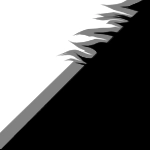
A halo edge is a special variant of a hard edge that is allowed on some markings! It allows you to create a semi-transparent "halo" or border along the edges of the marking, making any markings and colors underneath visible through the halo. The halo edge needs to match the color of the marking it is from, so you can't use it to create entirely new colors to border the marking.
The halo must be a hard edge, around a hard edge marking. No other edge types can have a halo.
The halo must be a hard edge, around a hard edge marking. No other edge types can have a halo.
Outlines

Some marking rules mention an optional outline, this isn't listed as an edge type though. An outline is an opaque or solid border of color around a marking. The edge type of the marking must match the edge type you chose for the marking itself.
It can be any color as long that follows the marking's color rules, and does not need to be derived from the marking's color. If the marking can have a two-toned hom gradient, so can the outline!
It can be any color as long that follows the marking's color rules, and does not need to be derived from the marking's color. If the marking can have a two-toned hom gradient, so can the outline!



